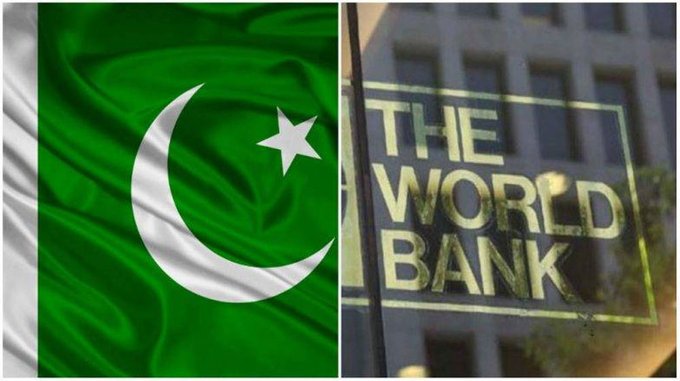According to the World Bank’s latest projections, Pakistan’s current account deficit is expected to remain low at 0.7% of the country’s GDP in the fiscal year 2024 (FY24). This trend is anticipated to continue, with the deficit narrowing further to 0.6% of GDP in FY25 and FY26.
Muted Import Growth and Import Management Measures
| Aspect | Details |
|---|---|
| Current Account Deficit | Expected to remain low at 0.7% of GDP in FY24, and narrow further to 0.6% of GDP in FY25 and FY26. |
| Reasons for Low Deficit | Muted import growth due to weak domestic demand and import management measures to preserve foreign reserves. |
| External Financing Needs | Significant throughout the projection period due to repayments to IMF and maturing Eurobonds, straining foreign exchange reserves. |
| Reserve Position | Projected to further weaken due to limited availability of external financing. |
| Recent Trends | Current account deficit narrowed to $0.8 billion in first half of FY24 (from $3.6 billion in the same period of previous fiscal year) due to smaller trade deficit and lower commodity prices. However, remittances decreased by 6.8% year-on-year. |
| Balance of Payments | Surplus of $3 billion in first half of FY24 (compared to $4.2 billion deficit in the corresponding period of the previous fiscal year) due to fresh multilateral and bilateral inflows. |
| Outlook | Need for continued efforts to manage imports, attract foreign investment, and secure external financing to safeguard economic stability and growth prospects. |
The World Bank attributes the low current account deficit to muted expected growth in imports, reflecting weak domestic demand and continued import management measures aimed at preserving the scarce foreign reserves. These measures, implemented by the Pakistani authorities, have played a crucial role in curbing import expenditures and alleviating pressure on the country’s external account.
Significant External Financing Needs
Despite the low current account deficit, Pakistan’s external financing needs will remain significant throughout the projection period. This is due to impending repayments to the International Monetary Fund (IMF) and maturing Eurobonds, which will continue to place a strain on the country’s foreign exchange reserves.
Reserve Position Projected to Weaken
The World Bank highlights that Pakistan’s reserve position is projected to further weaken, reflecting the limited availability of external financing. This underscores the importance of securing additional financial support from international lenders and bilateral partners to bolster the country’s foreign exchange reserves and enhance its ability to meet external obligations.
Recent Trends and Developments
In the first half of the fiscal year 2024 (July-December 2023), Pakistan’s current account deficit narrowed to $0.8 billion, a significant improvement from the $3.6 billion deficit recorded in the same period of the previous fiscal year. This narrowing was largely attributed to a smaller trade deficit, driven by reduced domestic demand, import management measures, and lower global commodity prices.
However, official remittances decreased by 6.8% year-on-year in the first half of FY24 due to exchange rate rigidities earlier in the year. Additionally, fresh multilateral and bilateral inflows led to a balance of payments surplus of $3 billion in the first half of FY24, compared to a deficit of $4.2 billion in the corresponding period of the previous fiscal year.
As Pakistan navigates the challenges posed by its external account and foreign exchange reserves, the World Bank’s projections underscore the need for continued efforts to manage imports, attract foreign investment, and secure external financing to safeguard the country’s economic stability and growth prospects.
